Fluid & Heat Blog Posts
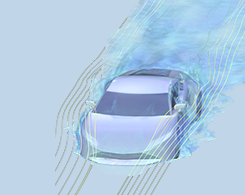
Simulating Wind Load on a Sports Car’s Side Door and Mirror
Vroom vroom: In this blog post, we use large eddy simulation (LES) and structural analysis to analyze wind loads and airflow on the door and side mirror of a sports car driving at high speeds.
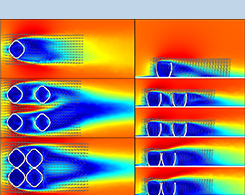
Studying a 500-Million-Year-Old Dinner Party with CFD Simulation
From zebras to elephants to lions, Namibia is home to a variety of wildlife. However, this research team was on the lookout for the fossils of a 500-million-year-old organism.
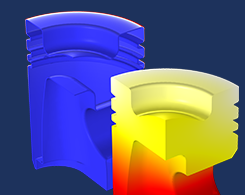
Efficient Meshing Strategies for 3D Inductive Heating Models
Interested in some efficient meshing strategies for 3D inductive heating models? In this blog post, we demonstrate how to partition a mesh based upon the element type.
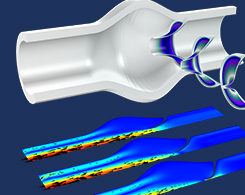
New Method for Performing Topology Optimization of FSI Problems
Many topology optimization methods are only available for FSI problems within a purely academic scope. Enter the TOBS-GT algorithm for fluid-structure design…

The Beauty of Vortex Streets
Vortex streets occur quite frequently in nature and are relevant in a variety of technical applications. This fluid mechanics phenomenon can also be quite beautiful to watch!

Modeling a Rapid Detection Test in COMSOL Multiphysics®
Curious about how exactly the rapid detection tests for COVID-19 work? Get a comprehensive explanation here, as well as 3 example models in COMSOL Multiphysics®. (Part 2 of 2)
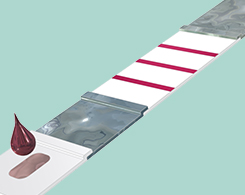
An Introduction to the Physics of Rapid Detection Tests
Rapid detection tests based on lateral flow assay (LFA), also called immunochromatographic tests, can be thought of as quite advanced, yet very robust, microlaboratories. (Part 1 of 2)
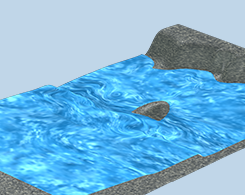
Analyzing Tsunami Waves with an Established Benchmark Model
The 1993 Hokkaidō earthquake in Japan caused tsunami waves that reached massive runup heights — one recorded wave in Monai Valley even reached as high as 32 m (~104 ft)!
